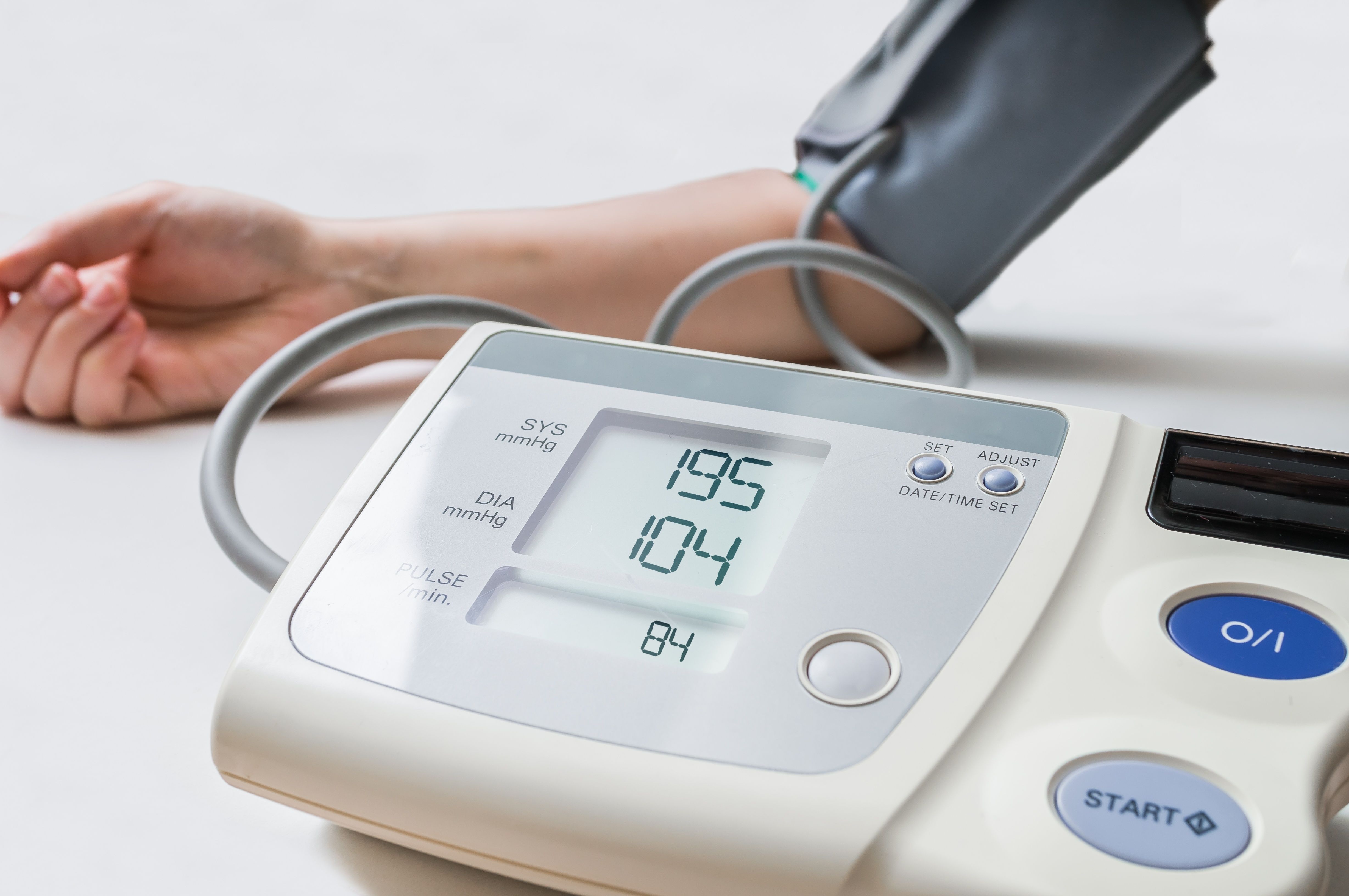- Clinical Technology
- Adult Immunization
- Hepatology
- Pediatric Immunization
- Screening
- Psychiatry
- Allergy
- Women's Health
- Cardiology
- Pediatrics
- Dermatology
- Endocrinology
- Pain Management
- Gastroenterology
- Infectious Disease
- Obesity Medicine
- Rheumatology
- Nephrology
- Neurology
- Pulmonology
Study: Automated Office Blood Pressure Monitoring Not Optimal Way to Determine New Hypertension Diagnosis
AHA Hypertension 2020: New research suggests using automated office blood pressure monitoring is not the ideal way to determine a hypertension diagnosis.
©vchalup/stock.adobe.com

Using an automated office blood pressure (AOBP) monitor where 3-5 BP readings are taken and then averaged, might not be the optimal way to make a new diagnosis of hypertension, according to a new study presented at the virtual American Heart Association (AHA) 2020 Scientific Sessions.
“Blood pressure varies throughout the day for all people. We focused on investigating whether having an attendant in the room matters and to determine the impact of varying amounts of rest times on blood pressure using automated readings,” said Beverly Green, MD, MPH, lead author of the study, a family physician at Kaiser Permanente Washington, a senior investigator at Kaiser Permanente Washington Health Research Institute, and associate clinical professor at the University of Washington School of Medicine in an AHA press release.
Researchers also compared the performance of AOBP monitors in making a new hypertension diagnosis to daytime ambulatory blood pressure monitoring (ABPM), the gold standard for determining a hypertension diagnosis.
A total of 130 adults aged 18-84 years with hypertension who had no prior hypertension diagnosis or treatment were included in the study. All participants completed ABMP 24 hours before starting the study and >60% were diagnosed as having hypertension based on the ABPM measures.
It is important to note that in this study hypertension was defined as ≥140/90 mm Hg while the 2017 AHA/American College of Cardiology hypertension guideline defines stage 1 hypertension as ≥130/80 mm Hg.
Participants were randomized to receive AOBP with an attendant first and unattended second or to receive AOBP unattended first and with an attendant second; AOBP measurements were performed after 5 minutes of rest and again after 15 minutes.
The results showed that having an attendant in the room did not impact AOBP readings. The study also found that:
- Lack of resting prior to AOBP resulted in significantly higher BP readings vs APBM.
- AOBP correctly identified participants with and without hypertension 67% of the time.
- 21% of hypertension diagnoses were missed.
- 12% of participants were over diagnosed.
“These findings indicate AOBP readings might not be the optimal way to rule in or rule out a new diagnosis of hypertension. We expected blood pressure would go down after resting more than 15 minutes, and we were surprised that it did not,” said Green in the AHA press release. “When there is a question of whether blood pressure is high or normal, getting more blood pressure measurements, either by at-home testing or by getting a 24-hour ambulatory monitoring test, is likely to lead to better decision-making.”
